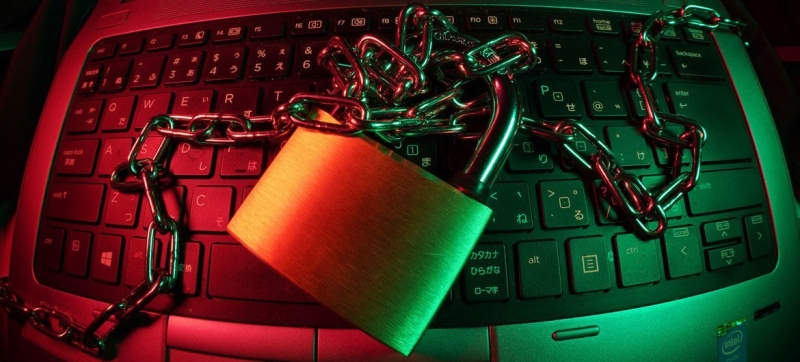
Ransomware attacks on healthcare facilities are becoming more common. UN Security Council discusses cyberattacks on healthcare facilities with ransom demands Healthcare
The UN Security Council today discussed the threat posed by ransomware attacks on healthcare facilities. This is a relatively new form of criminal activity, in which a hacker deprives an institution of access to its data system until it agrees to pay a ransom. Speaking at the Security Council, the head of the WHO warned that such attacks lead to the most tragic consequences.
Ransomware Hackers
In March 2020, a university hospital in Brno, Czech Republic, suffered a ransomware attack that forced it to transfer patients to nearby facilities, cancel elective procedures, and switch to paper-based operations. The attack occurred amid the COVID-19 pandemic, examples that World Health Organization Director-General Tedros Adhanom Ghebreyesus cited in his speech to the UN Security Council on Friday.
He also spoke about an attack on the Irish Ministry of Health, which began with an email with an attached file. When the file was opened, malware was downloaded into the digital system. It spread across the entire Ministry of Health network and encrypted about 80 percent of the data, making inaccessible, for example, a diagnostic platform used by several healthcare facilities. As a result, many major medical centers in the country had to postpone or cancel vital procedures.
“A matter of life and death”
“Ransomware used to attack hospitals and other healthcare facilities is not just a matter of security and privacy, it is a matter of life and death,” the WHO chief said. “At best, this leads to disruptions and financial losses; at worst, it undermines trust in the healthcare system and can also lead to suffering and even death of patients.”
In order to regain access to a digital database, attackers demand a ransom, Dr. Tedros noted. According to him, cybercrime groups operate on the logic that the greater the threat they can create, the higher the ransom they can demand. “If health facilities refuse to pay, this potentially puts the lives of patients at risk. So many facilities are willing to pay a ransom to regain access to the database. And they are not always given guarantees that the data will be decrypted and the attack will not be repeated,” the WHO chief added.
A dangerous trend
He also warned that the number of such cyber attacks is only growing. For example, in 2021, more than a third of respondents to a study conducted among medical institutions around the world reported that they had been hacked at least once, and one third of them agreed to pay the ransom. At the same time, a significant portion of respondents admitted that even after paying, they did not gain access to their databases.
Losses in hundreds of millions of dollars
Eduardo Conrad, president of Ascension, a large medical institution in the United States, spoke about how their systems were attacked by ransomware in May of this year. The financial losses from this attack alone amounted to $900 million. Another $130 million was spent on system recovery efforts.
The Scale of the Crisis
Anne Neuberger, the White House deputy national security adviser for cybersecurity and emerging technologies, underscored the scale of the crisis by reporting more than 1,500 ransomware incidents in the United States in 2023, with ransom payments exceeding $1.1 billion. Neuberger noted that health experts have linked the attacks to an increase in the mortality rate of patients in hospitals that were attacked.
International Cooperation
Many Security Council members who spoke called for international efforts to counter such attacks, but Russia’s Permanent Representative to the UN Vasily Nebenzya questioned the need for the Security Council to intervene in the matter.
